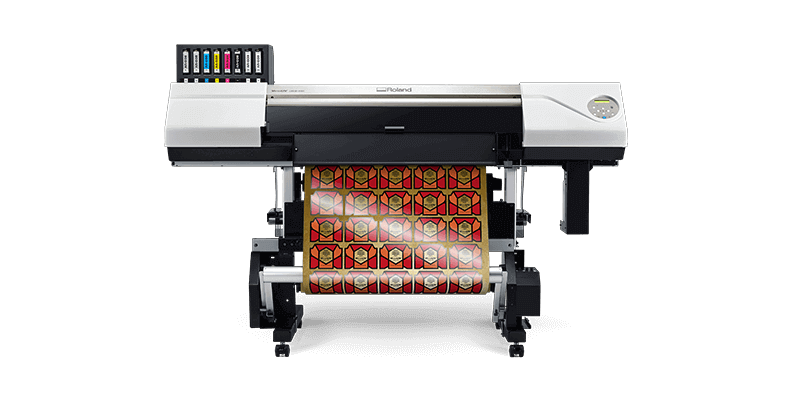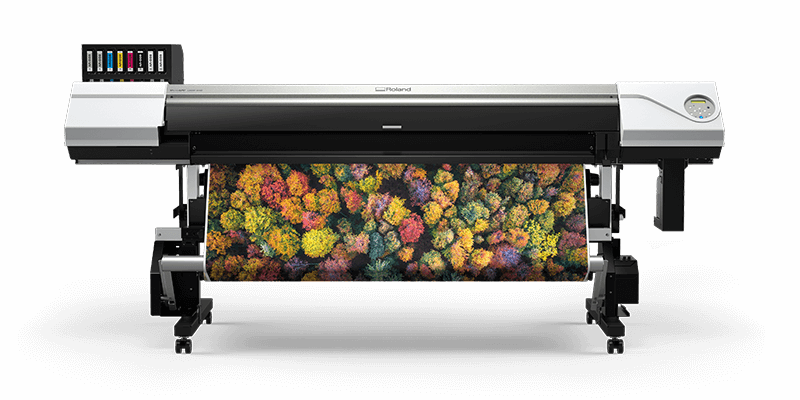UV
What do I need to setup a UV printing business?
01 Printer
02 UV Inks
03 UV Blanks

Robert Delaney
FAQs
- Why should I choose UV over other printing methods, like screen printing?
There are actually a number of reasons why more decorators are turning to UV in place of more traditional methods. These include being able to achieve more precise results (as the curing process eliminates over absorption, leading to better ink hold out and quality), quicker turnaround times (as curing time is measured in seconds rather than minutes and hours), and the various environmental benefits (as the inks do not release volatile organic compounds, making them safer for operators and the environment).
- Do the items need any special preparation or aftercare?
Generally speaking, no! One of the great things about UV is that the item is ready to go once it comes out of the printer (unlike direct to garment or dye sublimation where it needs to be put into a heat press). It is important to note, however, that some substrates are not quite as receptive to UV inks as others; it is possible to use a primer ahead of time to ensure the best results possible when working with such items. The primer is incredibly easy to apply - simply wipe it on,let it air dry and you’re done.
- Can I UV print on garments, like t-shirts and hoodies?
Whilst there has been some talk that it is possible to use UV printing on garments, it’s definitely not something we would recommend. This is due to the inks used in the process, as they are known for being reactive and hazardous (skin irritation is the most common complaint). Fabric is so absorbent that the ink will penetrate deeply into the fibres; the UV light cannot always penetrate deeply enough to cure them. It is best to use UV with items that will not come into direct contact with the skin for extended periods of time.
- I’ve heard that UV inks are unsafe; is this true?
Although the inks are safe once they have been completely cured, it is important to note that liquid or incompletely cured ink has been known to cause skin irritation and rashes. Incomplete curing is sometimes used to demonstrate ink flexibility and good adhesion on more difficult substrates (such as fabrics). This is very hazardous (as well as misleading) and should be avoided at all costs. If the ink smears or the image can be damaged by placing your finger on it, it has not fully cured.
- Do the prints withstand washing?
In short, yes. UV ink is weather resistant and does not fade quickly, so you can rest assured that it will stand up to being washed multiple times without issue (providing the inks have been properly cured, of course). Research has also shown that UV inks are better able to resist scratching, rubbing and general wear and tear than the inks used in other printing processes. Most people find that the images will last from 3 to 5 years when placed outdoors and up to 10 years when placed indoors.





